Polyhouse farming has attracted a significant number of supporters. It may have begun quietly, but its popularity has exploded. With this farming strategy, a farmer can earn a lot of money. However, this farming approach is barely known to a small number of people. So let’s check out a way of earning 1.5 lakh from gerbera cultivation in polyhouse.
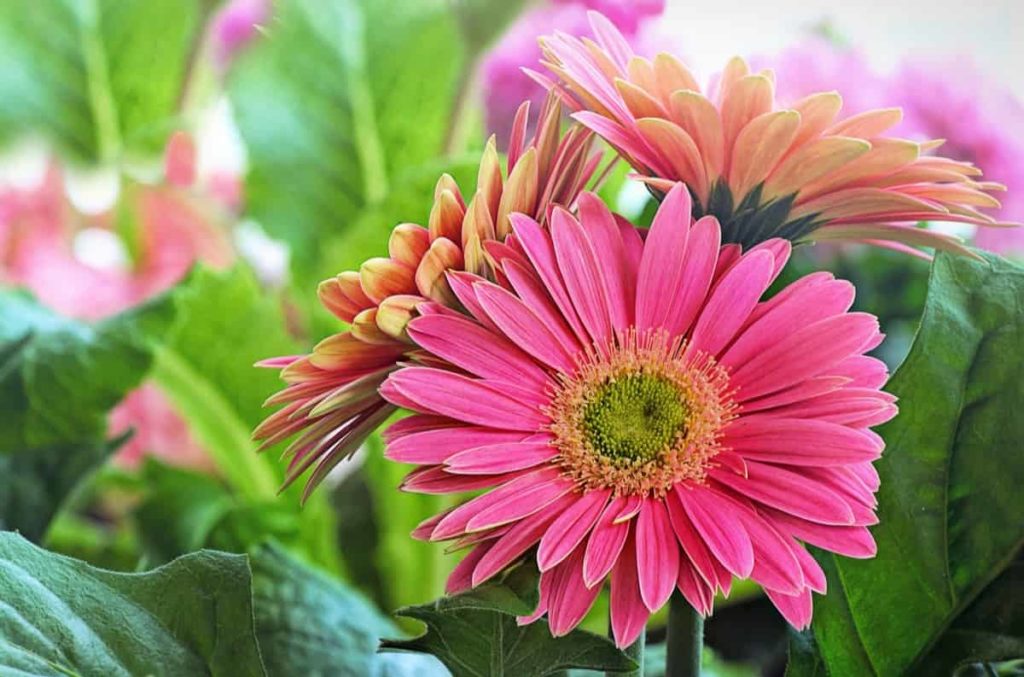
What is a polyhouse?
Plants and other crops can be grown in a polyhouse, a customized building that takes advantage of the regulated environment. Polythene sheets cover the structure and provide a barrier between the inside and outside environments. Polyhouses come in many shapes and sizes, from those of small barns to those of huge structures. Building a polyhouse is a DIY project that can be as simple or as complex as you want it to be.
It was formerly common practice for Polyhouse to rely on wooden frameworks to support the main construction. However, G.I. steel or aluminum rods are used in modern polyhouses to give additional support and strength. Even a small polyhouse can withstand extreme weather conditions thanks to these materials. In India, these innovative polyhouses are best suited for the country’s tough temperature zones.
Advantages of polyhouse
- Defending against birds, animals, and human intrusions
- Protection against excessive rain, wind currents, blazing sunlight, and severely cold weather.
- Certain crops can be cultivated year-round in one spot to ensure a steady supply.
- Crops grown in polyhouses are of consistently high quality.
- Production is year-round with polyhouse farming.
- Poly-house farming yields eight to ten times more productive crops than those grown in open fields.
- These structures make controlling pests, diseases, and weeds simpler.
- People in rural regions who are self-employed or looking for work would benefit from these facilities.
- Poly-house farming involves little labour, water, and fertilizer.
- These structures can be built on almost any area, including unproductive soil.
- Water and fertilizer application with high precision
- These arrangements allow for export-oriented cultivation.
In case you missed it: Gerbera Project Report, Polyhouse, Greenhouse Cultivation
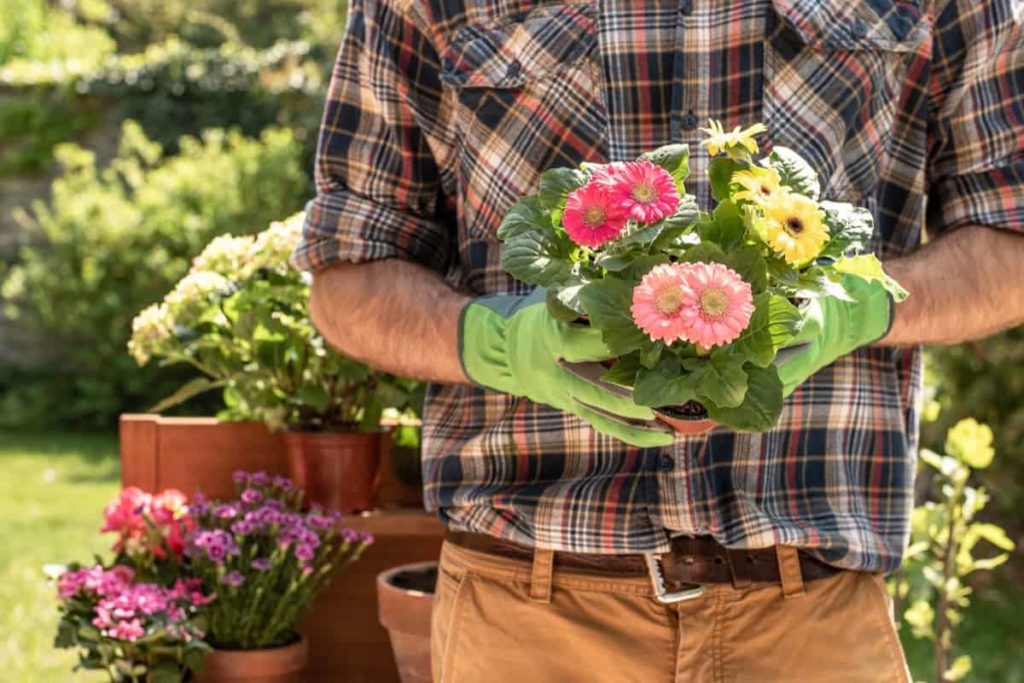
Disadvantages of polyhouse
- Unlike artificial ones, farmers in naturally ventilated poly homes have some control over airflow and temperature. This might limit their product choice to those that are more environmentally friendly and compatible.
- Polyhouses that are naturally ventilated must be bigger than polyhouses that employ a fan and pad, resulting in wasted metal and labour expenditures during construction.
- In heavy rains, low-quality polyhouse films wear off, making crops susceptible.
- Additionally, irrigating polyhouses can be challenging because no single method of polyhouse irrigation is suitable for all crop types. Finally, if the polyhouse is mismanaged and care is not given, the cost of cultivating and maintaining it is pretty expensive.
- The polyhouse agricultural cladding is susceptible to damage during the summer due to high temperatures. In addition, a few hours after applying the fertilizer, the polyhouse farm is inaccessible to the general public.
- Polyhouse farms also have a more significant maintenance cost and need a specialized workforce.
Earning 1.5 lakh from gerbera cultivation in polyhouse
The success story of Ms. Sujatha
Ms. Sujatha is from Nallakunta, Telangana. He entered farming nearly six years ago on her land. Initially, she started cultivating tomatoes, afterward sugarcane; then she started a dairy farm. However, because of the less availability of water, conventional agricultural farming became difficult. After she began a dairy farm, it went well until the milk rates dropped. So, she stopped dairy farming and was searching for an alternative from which she could earn more income and quality yield.
From the start, Ms. Sujatha is very interested in agriculture; apart from livestock rearing, she has always wanted to do agriculture as she comes from a farmer’s family. At this time, she heard some news about polyhouse farming, and the news gained her interest. So she started investigating people and searching for information about polyhouse, and she learned that polyhouse agriculture requires less quantity of water than conventional agriculture. So she took eight months and studied polyhouse cultivation.
In case you missed it: Gerbera Flower Farming Information Guide
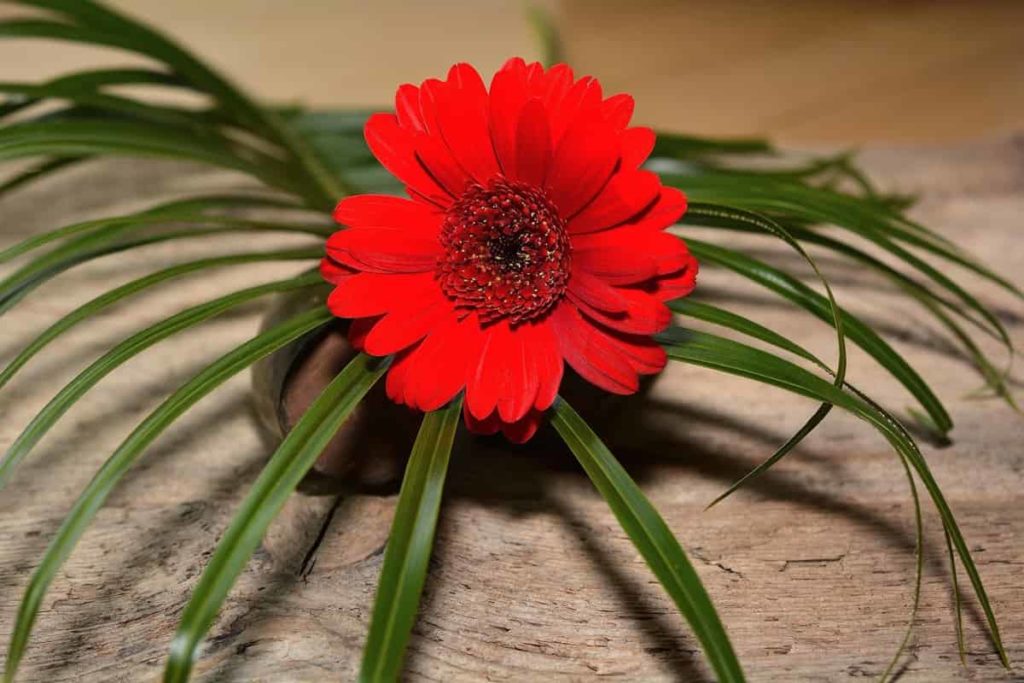
She also visited various polyhouses across the state and learned about the vegetables, flowers, and fruits grown in polyhouse. After this, she immediately started work and chose to cultivate flowers in her polyhouse. She is a proud farmer who cultivates flowers in her polyhouse and earns huge profits. Let us see the details of Ms. Sujatha’s polyhouse.
Ms. Sujatha’s polyhouse construction details
At first, decided to cultivate flowers only in the half-acre polyhouse to see the results. She started work immediately and constructed a half-acre polyhouse to cultivate flowers. She earned very decent profits from this, so she decided to expand her farm into another acre. So now, she is cultivating flowers on one and a half acres by polyhouse technique. You have first to decide the size of the land on which you want to construct the polyhouse.
The cost of a polyhouse depends on the size of the land in which you want to cultivate, whether it be a full acre or a half-acre. After deciding you should lay down the foundation for the polyhouse, using iron pillars for support. The workers will complete the remaining work after the soil preparation. It costs nearly 25 lakh rupees to construct a polyhouse on a half-acre, says Ms. Sujatha. That means for one and a half acres; it took about 75 lakhs to build a polyhouse.
But a farmer need not bear all of this cost. For example, under the Telangana government subsidy, the government bears around 75% of the construction cost of the polyhouse, which means the farmer will bear only 25% of the polyhouse construction cost. This can benefit the middle-class farmers who want to enter polyhouse farming. However, even under the central government subsidy, you will get a minimum of 50% subsidy for the polyhouse construction cost.
In case you missed it: Vertical Farming In India, How To Start, Crops
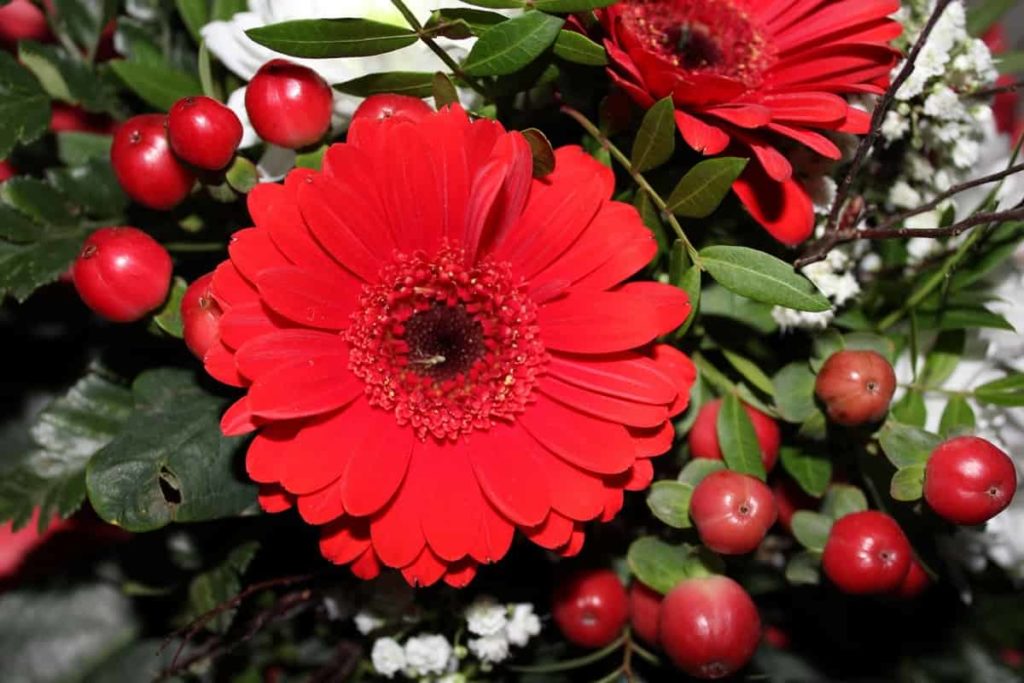
Selection of flowers in Ms. Sujatha’s polyhouse farm
Ms. Sujatha chose Gerbera flowers to cultivate in her polyhouse farms. This is because the Gerbera flowers grow well under controlled environmental conditions. Of course, you can also grow other flowers under the polyhouse, but the area where Ms. Sujatha started the polyhouse, supports the Gerbera growth. Also, she added that the Gerbera flowers have a huge market and high demand, which can help farmers get huge profits.
When it comes to gerbera cultivation, you must cultivate various colours. Cultivating only single color of Gerbera colours can decrease your market, says Ms. Sujatha. However, as Gerbera is a decorative flower, cultivating them in various colours can result in a higher market. So, if you want to cultivate Gerbera flowers, make sure that you cultivate at least five different colours of Gerbera.
Gerbera flower cultivation in polyhouse, according to Ms. Sujatha
When it comes to growing Gerbera, only red soil is ideal. Therefore, after constructing the polyhouse, you must prepare the raised beds using red soil, after soil preparation. For preparing the soil, you have to use animal manures. It takes nearly 30 trucks of cow dung and 12 tons of paddy husk to prepare an acre of soil. The soil preparation consists of mixing all these manures in the soil with the help of a JCB and then ploughing it well.
After the soil preparation, the workers will complete the remaining work by covering your polyhouse with polythene sheets. Next, you have to make raised beds with 2 feet and a width of 2 feet again. These dimensions aid in air circulation for the plants, crucial for Gerbera cultivation. These beds should be made in rows, and between each row, there should be a pathway of 1 foot. After preparing the raised beds, you have to fumigate your land with the help of certain chemicals.
The fumigation process helps prevent the possibility of harmful pest and disease attacks. First, you have to cover the entire area with the help of a cover for at least one day to finish the fumigation process. After the fumigation process is finished, the next step is to plant the Gerbera plants. On the raised beds, you have to plant the small Gerbera plants with a distance of 1 foot between them. This is the ideal distance between two plants which is helpful to avoid disturbance from other plants and help distribute nutrients.
You have to arrange the drip irrigation pipes once the planting is done. The drip pipes should run just beside the plant rows, which means the distance between two drip pipes on a raised bed is also 1 foot. Ms. Sujatha bought the plants from Pune and cost nearly 35 per plant, including transport. So you can plant almost 25,000 plants of an acre which costs around rupees 8,00,000, including transportation.
Of these 8,00,000 rupees, 75% of the amount, which is 6,00,000 rupees, will be given back by the government through subsidy. This means you have to bear the remaining 25%, 2 lakh rupees. For Cultivating Gerbera, there are specific parameters to be maintained. For Gerbera cultivation, you need to maintain 27 to 35 degrees centigrade temperature in the polyhouse, and the humidity content should be nearly 60 percent.
In case you missed it: Flower Gardening For Beginners – Tips, and Ideas
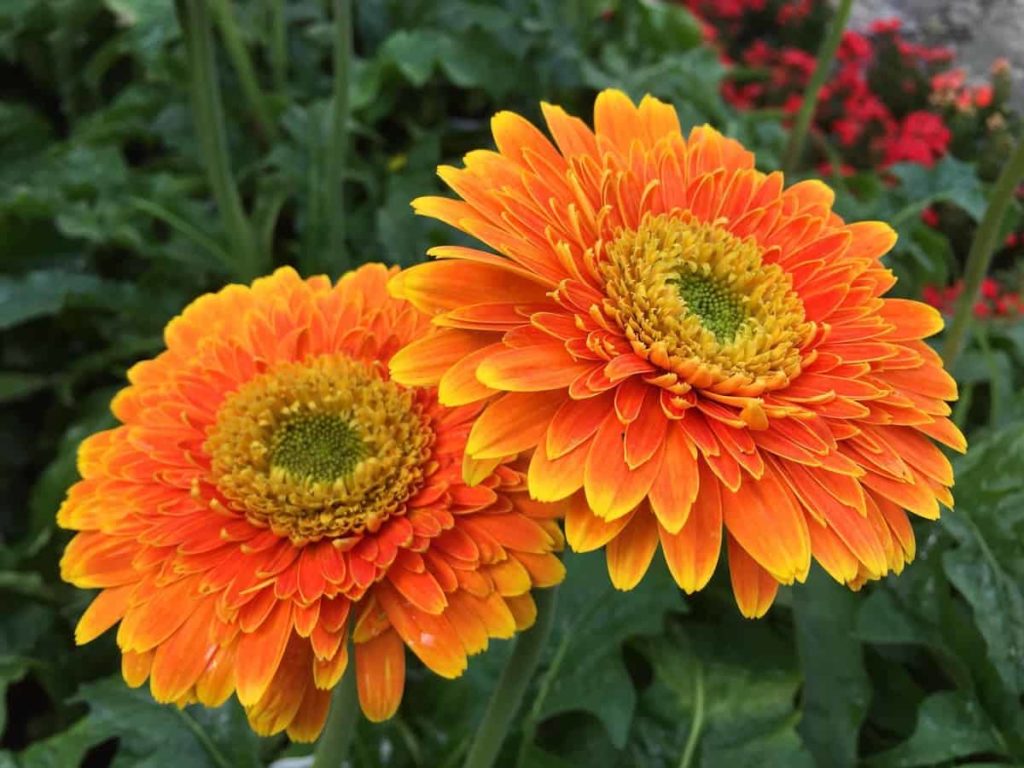
To control the humidity and temperature in the polyhouse, Ms. Sujatha installed foggers in the polyhouse. These foggers are attached to the iron pillars and will sprinkle water in the polyhouse to maintain the desired temperature. After planting, you should take proper care of these plants. For the first 21 days after planting, you should water them by hand. You should not use drip irrigation for the first 21 days, says Ms. Sujatha. You have to be careful while watering the plants by hand and should not overwater the plant.
You can start watering by drip irrigation after the 21 days of planting. It takes nearly 15,000 liters of water per day by drip irrigation. Every day, you need 5 kg of calcium nitrate, 52: 34, 19:19:19, 0:0:50 soluble fertilizers to cultivate the Gerbera crops. Frequent spraying of pesticides can prevent pests such as mites, whiteflies, and leaf miners. You will get your first yield after three months from planting if you take proper care while cultivating Gerbera, and if you can protect the plants from pests and diseases, then these plants can give you production for five years.
Each Gerbera plant can produce 50 to 55 flowers each year. Every day from Ms. Sujatha’s polyhouse farm, flowers from 10% of plants are harvested. These flowers from 10 % plants can be estimated to be 6000 flowers per day. Ms. Sujatha has four workers under her to work in the polyhouse. Every day after harvesting, these flowers should be placed in a water bucket, and after this, you have to put each flower in the plastic cover before marketing them.
A polyhouse lifespan can be 15 to 20 years, and for every 4 or 5 years, you should replace the polyether covers and reconstruct the beds. As a result, you can reduce the expenditure on upcoming crops.
Market and profit analysis of Ms. Sujatha’s polyhouse farm
Flower rates can fluctuate depending on the season and demand. Sometimes the flower rates can be 8 to 10 rupees per each, and other times, it can go to 1 rupee or 0.50 rupees. But, even on average, if you consider an average price of 2 to 3 rupees per year, you are on the profit side, says Ms. Sujatha from her experience. Now, Ms. Sujatha’s farm produces 1,80,000 flowers per month, the cost of each flower being 2 rupees (on average). This means the income of Ms. Sujatha’s polyhouse farm is nearly 3,60,000 rupees per month.
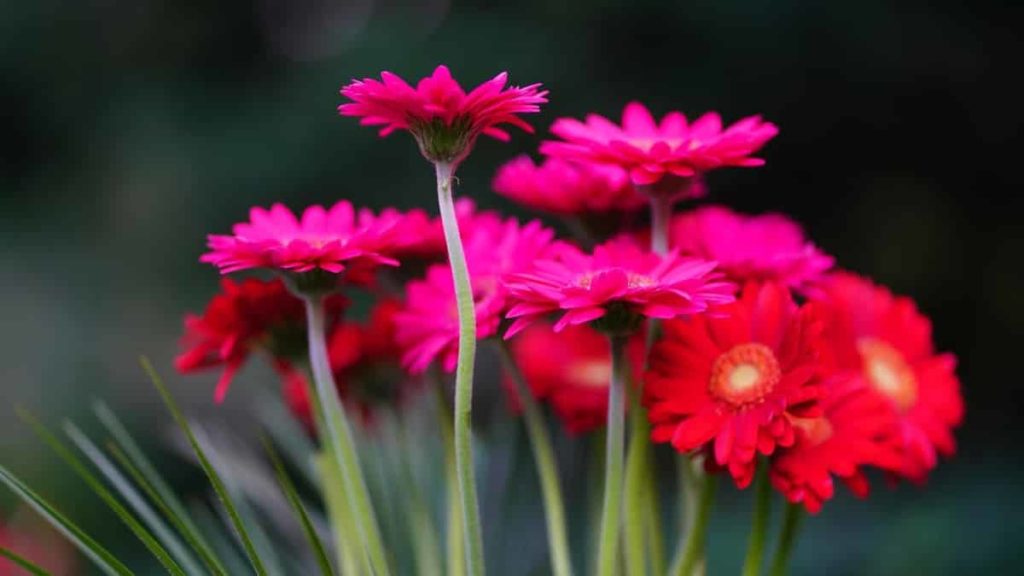
If you erase all the running costs, her monthly profit is nearly 1,50,000 rupees. This is the Gerbera polyhouse income, which is huge for a farmer. From being a housewife to becoming a polyhouse farmer, Ms. Sujatha has come a long way. Even though many people didn’t expect the results from her farm at the start, now she proved to all of them that she is capable of cultivating flowers from her polyhouse.
Not only flowers but different types of fruits can also be grown in polyhouse. Ms. Sujatha suggests farmers enter these modern agriculture techniques to obtain higher profits. She also expressed that the polyhouse decision she took was one of the best decisions and said that she earned huge respect from her fellow villagers in her village. Ms. Sujatha proved that people could achieve anything by working hard, irrespective of gender.
- Economical Aquaculture: A Guide to Low-Budget Fish Farming
- 15 Common Planting Errors That Can Doom Your Fruit Trees
- How to Make Houseplants Bushy: Effective Tips and Ideas
- Innovative Strategies for Boosting Coconut Pollination and Yield
- Pollination Strategies for Maximum Pumpkin Yield
- The Complete Guide to Chicken Fattening: Strategies for Maximum Growth
- Natural Solutions for Tulip Problems: 100% Effective Remedies for Leaf and Bulb-Related Issues
- Revolutionizing Citrus Preservation: Towards a Healthier, Greener Future
- Natural Solutions for Peony Leaf and Flower Problems: 100% Effective Remedies
- Maximizing Profits with Avocado Contract Farming in India: A Comprehensive Guide
- Natural Solutions for Hydrangea Problems: 100% Effective Remedies for Leaf and Flowers
- The Ultimate Guide to Choosing the Perfect Foliage Friend: Bringing Life Indoors
- From Sunlight to Sustainability: 15 Ways to Use Solar Technology in Agriculture
- The Ultimate Guide to Dong Tao Chicken: Exploring from History to Raising
- The Eco-Friendly Makeover: How to Convert Your Unused Swimming Pool into a Fish Pond
- Mastering the Art of Delaware Chicken Farming: Essentials for Healthy Backyard Flocks
- 20 Best Homemade Fertilizers for Money Plant: DIY Recipes and Application Methods
- How to Craft a Comprehensive Free-Range Chicken Farming Business Plan
- Brighten Your Flock: Raising Easter Egger Chickens for Beauty and Bounty
- How to Optimize Your Poultry Egg Farm Business Plan with These Strategies
- Subsidy for Spirulina Cultivation: How Indian Government Schemes Encouraging Spirulina Farmers
- Ultimate Guide to Raising Dominique Chickens: Breeding, Feeding, Egg-Production, and Care
- Mastering the Art of Raising Jersey Giant Chickens: Care, Feeding, and More
- Ultimate Guide to Raising Legbar Chickens: Breeding, Farming Practices, Diet, Egg-Production
- How to Raise Welsummer Chickens: A Comprehensive Guide for Beginners
- How to Protect Indoor Plants in Winter: A Comprehensive Guide
- Ultimate Guide to Grow Bag Gardening: Tips, Tricks, and Planting Ideas for Urban Gardeners
- Guide to Lotus Cultivation: How to Propagate, Plant, Grow, Care, Cost, and Profit
- Agriculture Drone Subsidy Scheme: Government Kisan Subsidy, License, and How to Apply Online
- Ultimate Guide to Raising Araucana Chickens: Breed Profile, Farming Economics, Diet, and Care
- Bringing Hydroponics to Classroom: Importance, Benefits of Learning for School Students
- Ultimate Guide to Raising Polish Chickens: Breed Profile, Farming Economics, Diet, and Care
- Ultimate Guide to Raising Australorp Chickens: Profile, Farming Economics, Egg Production, Diet, and Care
- Silkie Chicken Farming: Raising Practices, Varieties, Egg Production, Diet, and Care
- Sussex Chicken Farming: Raising Practices, Varieties, Egg Production, Diet and Care
- Homemade Feed Formulations for Livestock: Discover Cost-effective Starter to Finisher Feed Recipes
Nice work to do with intelligent and get more profit